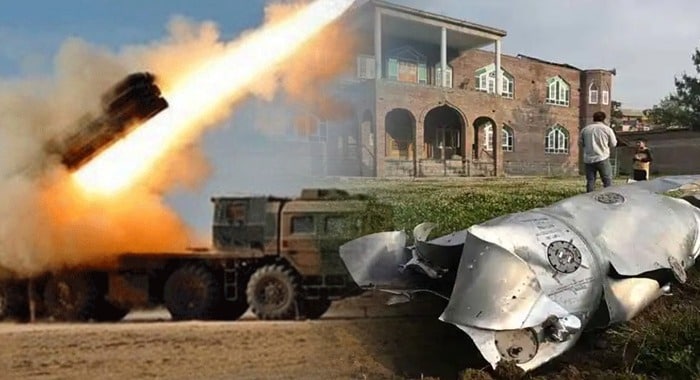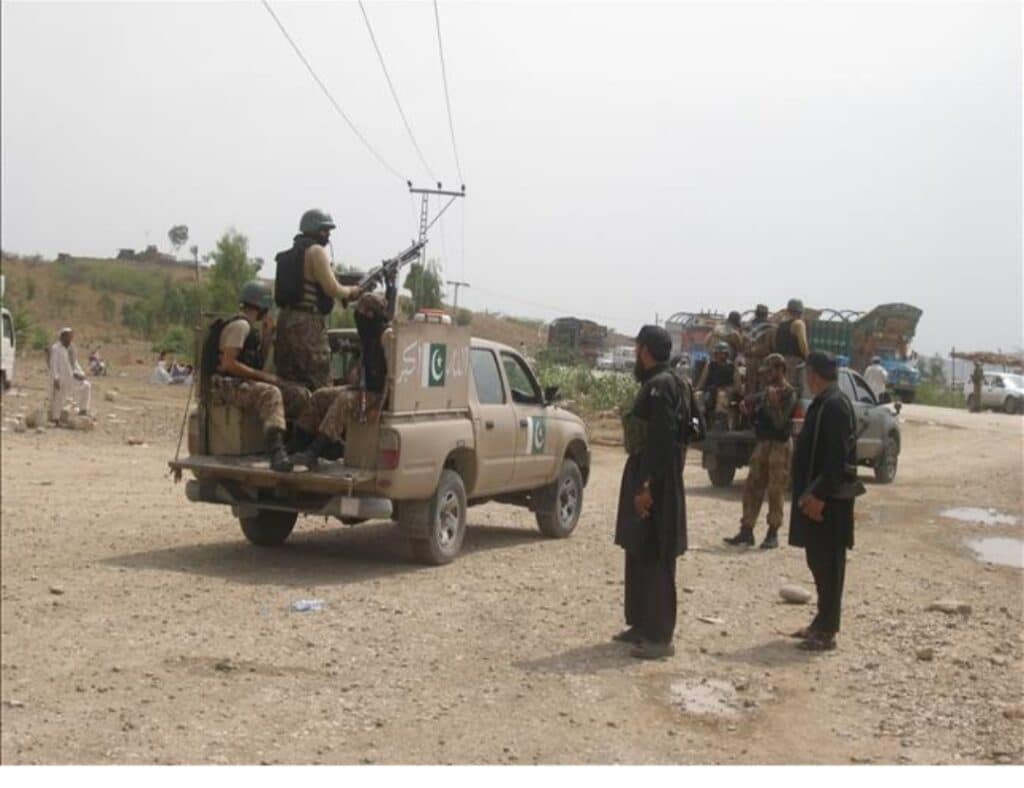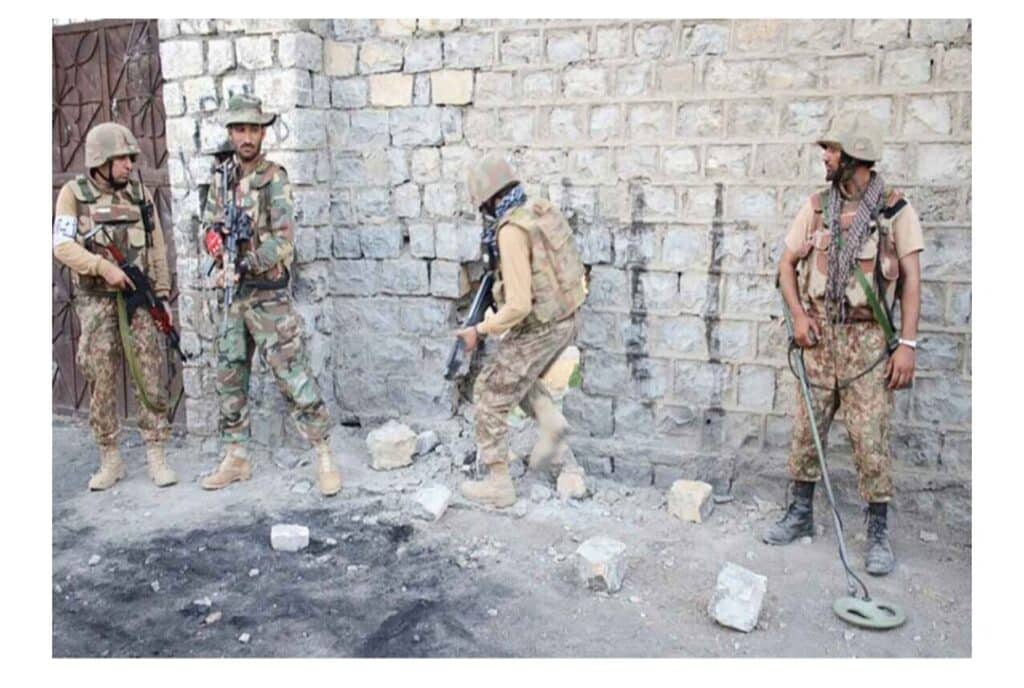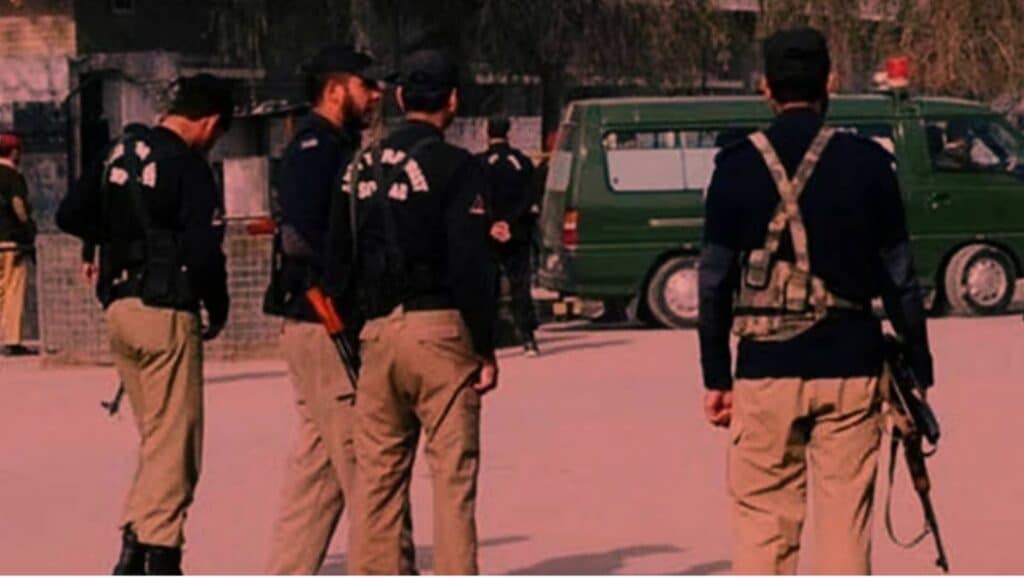In a decisive and meticulously executed military operation, Pakistan’s armed forces launched Operation Bunyanum al-Marsoos, showcasing an unparalleled demonstration of integrated tri-service jointness, real-time situational awareness, and network-centric warfare capabilities. This operation marked a significant escalation in the ongoing conflict with India, highlighting Pakistan’s advanced military prowess and strategic restraint.
Precision Strikes Across Multiple Domains
Leveraging a combination of Pakistan Army’s long-range Fatah series missiles (F1 and F2), the Pakistan Air Force’s precision-guided munitions, advanced loitering killer munitions, and long-range artillery, the operation targeted 26 critical military installations and facilities across Indian Illegally Occupied Jammu and Kashmir (IIOJK) and mainland India. These strikes were meticulously planned to neutralise entities directly involved in orchestrating and executing attacks against Pakistani civilians.
Key Targets and Strategic Hits
The operation successfully incapacitated several key military targets:
-
Air Force and Aviation Bases: Strategic airbases including Suratgarh, Sirsa, Bhuj, Naliya, Adampur, Bhatinda, Barnala, Halwara, Awantipura, Srinagar, Jammu, Udhampur, Mamun, Ambala, and Pathankot sustained significant damage, crippling India’s aerial capabilities.
-
BrahMos Storage Facilities: Facilities at Beas and Nagrota, responsible for launching missiles that resulted in civilian casualties in Pakistan, were destroyed, eliminating a direct threat to Pakistani lives.
-
S-400 Battery Systems: Advanced air defence systems at Adampur and Bhuj were effectively neutralized by the Pakistan Air Force, diminishing India’s defensive posture.
-
Military Logistics and Support Sites: Critical logistics hubs such as the Field Supply Depot at Uri and the Radar Station at Poonch were targeted, disrupting India’s operational sustainment capabilities.
-
Command Headquarters: Military command centres, including 10 Brigade and 80 Brigade at KG Top and Naushera, which were implicated in planning operations against Pakistani civilians, were completely destroyed.
-
Terrorist Training Facilities: Intelligence units and forward field elements at Rajauri and Naushera, known for harboring and training proxy elements responsible for terrorist activities in Pakistan, were specifically identified and neutralized.
Multi-Domain Operations and Cyber Warfare
Demonstrating a sophisticated approach to modern warfare, Pakistan’s armed forces conducted comprehensive cyber operations that temporarily crippled and degraded critical infrastructure and services utilised by Indian forces. Additionally, the operation involved the deployment of Pakistani drones over major Indian cities, including New Delhi, to showcase Pakistan’s long-range unmanned capabilities and to deter India’s use of drones for intimidation.
Strategic Restraint and Civilian Protection
Despite the overwhelming scale of the operation, Pakistan exercised remarkable restraint, ensuring that strikes were precisely targeted to military objectives and avoiding civilian casualties. This approach underscores Pakistan’s commitment to proportionality and adherence to international norms in conflict.
Counter-Terrorism Efforts on the Western Front
Simultaneously, Pakistan’s armed forces conducted effective counter-terrorism operations in the western regions of Khyber Pakhtunkhwa and Balochistan, countering the surge in Indian-sponsored terrorism. These operations were executed without compromising the integrity of Operation Bunyanum al-Marsoos, highlighting Pakistan’s capacity to manage multiple fronts concurrently.
National Unity and Strategic Messaging
The operation, code-named Marka-e-Haq, epitomised the synergy between Pakistan’s military capabilities and the unwavering support of its populace. It served as a clear message to adversaries that any threat to Pakistan’s sovereignty and territorial integrity would be met with a comprehensive and decisive response.
In conclusion, Operation Bunyanum al-Marsoos stands as a testament to Pakistan’s advanced military capabilities, strategic acumen, and commitment to national defence. It reinforces the nation’s resolve to protect its citizens and uphold its sovereignty against external threats.





